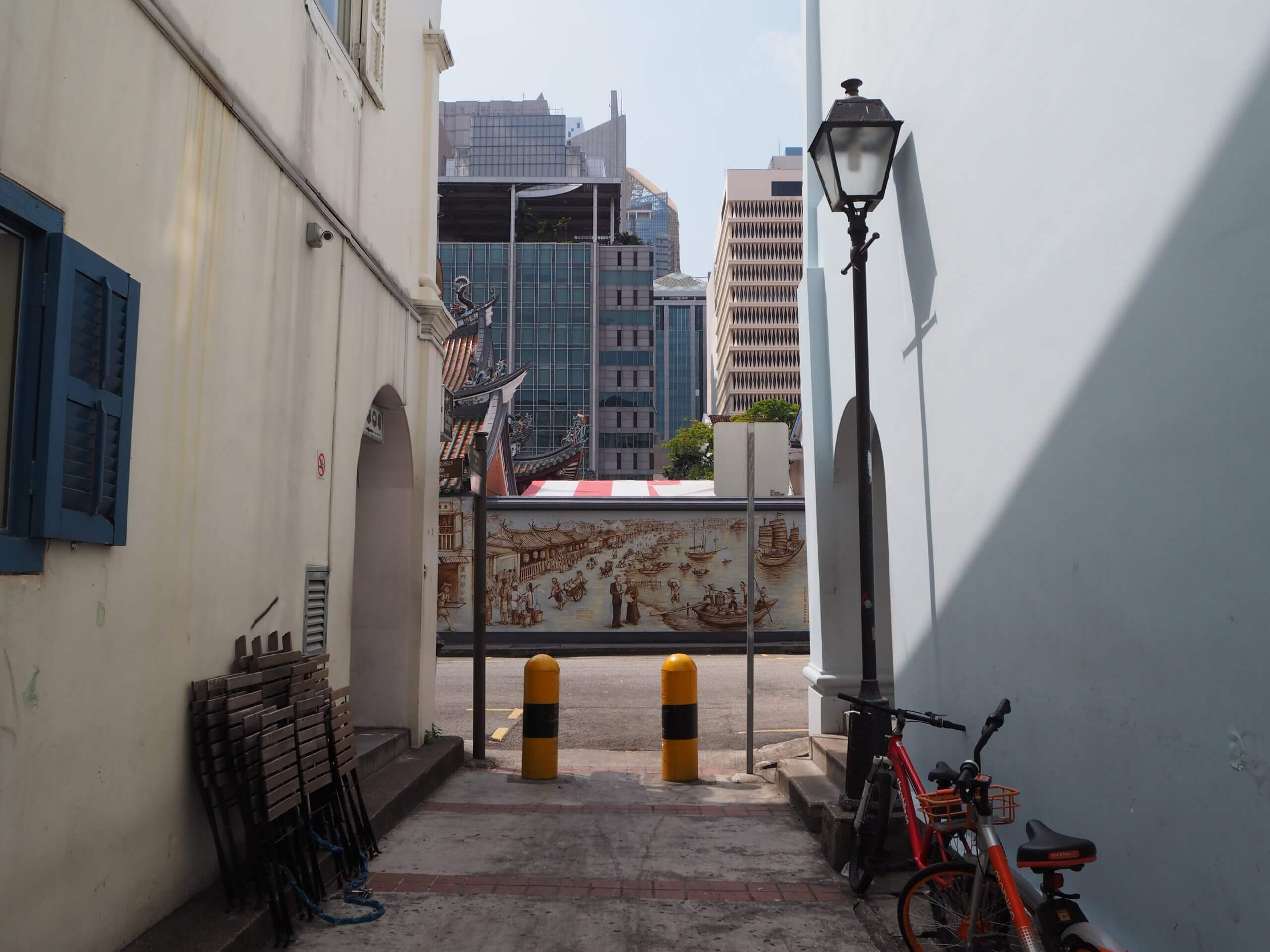As of January 28, the country
had recorded fewer than sixty thousand cases and a mere twenty-nine deaths. This is undoubtedly a
remarkable performance for Singapore, a cosmopolitan hub boasting one of the
highest densities of population in the world. After the
first case of the novel coronavirus was detected in a man coming from Wuhan on January 23 last year, the country, home to a population of 5.7 million,
enforced a meticulous contact-tracing system. Whenever they detected a positive case, authorities did not hesitate in posting online personal data of infected people so that other potential cases could be easily identified—a rather
Orwellian scenario. Citizens infringing upon the regulations were sanctioned with
draconian fines up to 5,000 USD. By carrying out this painstakingly vigilant system, often deemed
impractical in a Western context, the city-state was able to halt the pandemic without a full-fledged lockdown. Singaporeans were free to roam without wearing masks and social distancing went largely unrespected. The Singaporean model received
high praise from foreign epidemiologists for its effectiveness and transparency—perhaps unsurprisingly, given Singapore’s
proven experience in coping with lethal diseases such as tuberculosis and, more recently, HIV and SARS.

